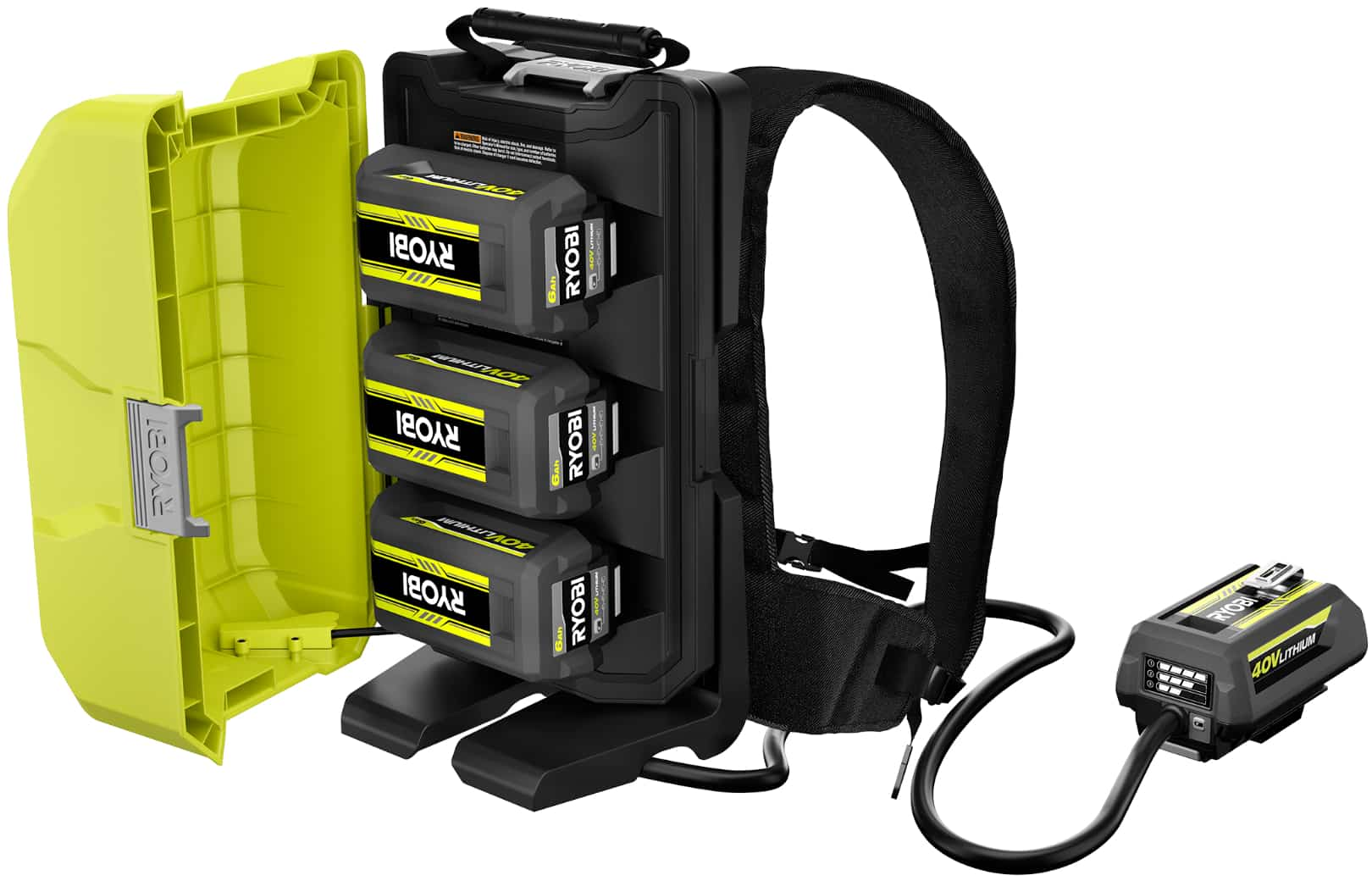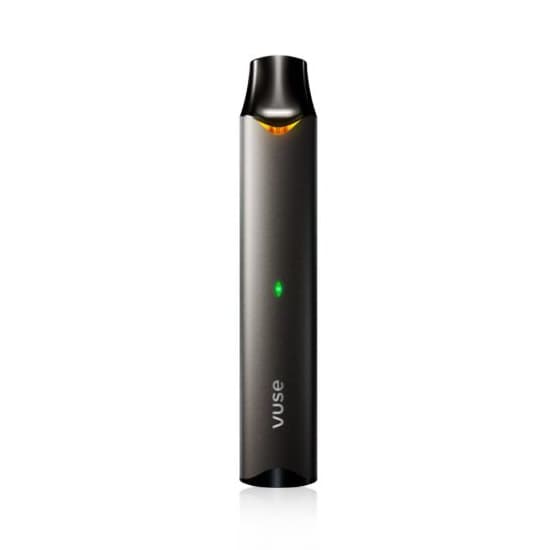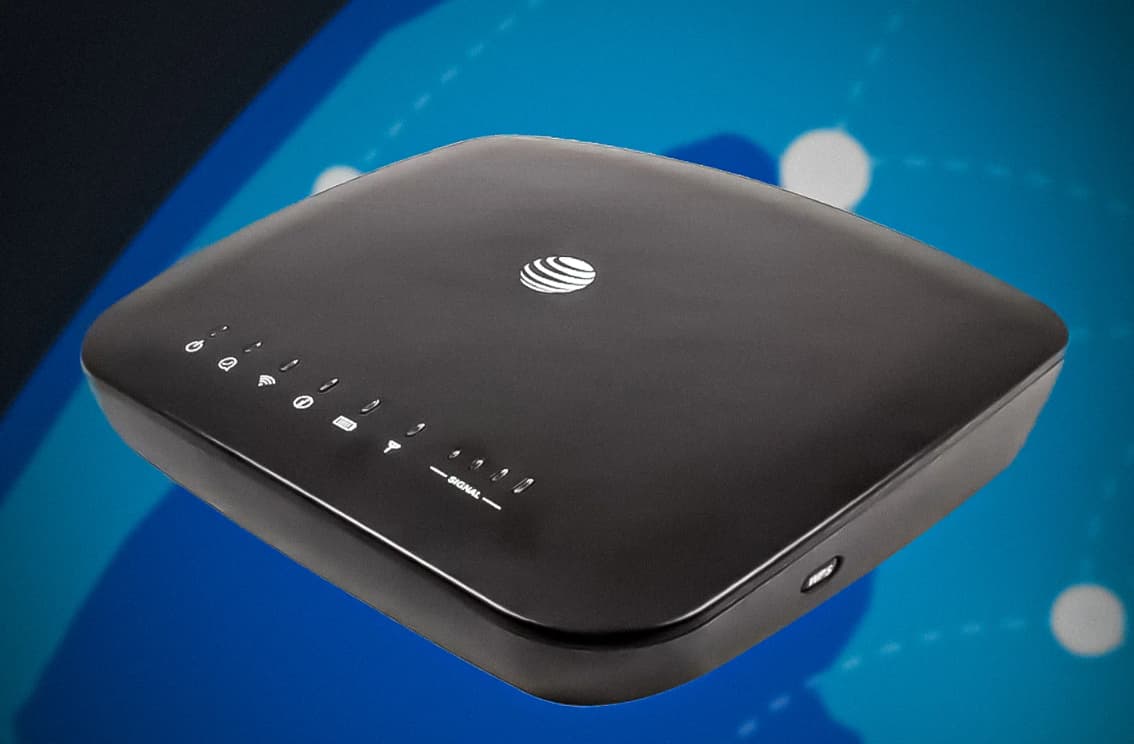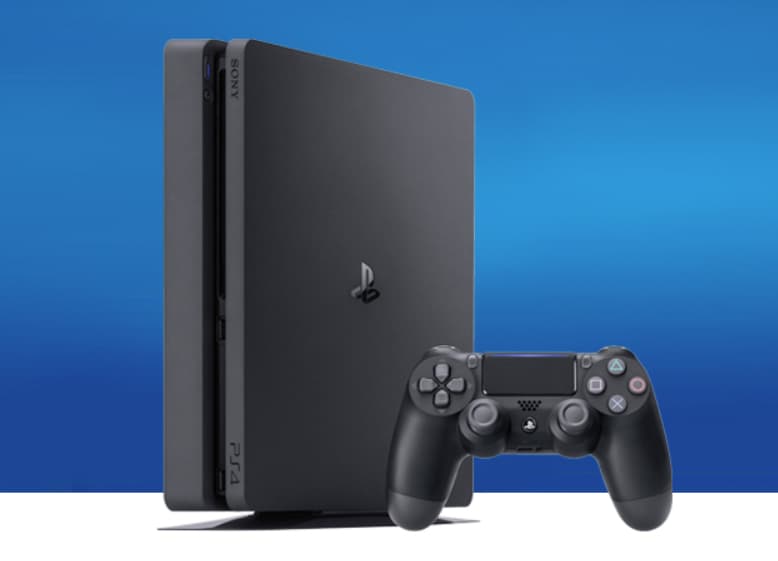Hey there, fellow DIYers and power tool enthusiasts! If you’re scratching your head wondering why your trusty Ryobi 40V battery charger is blinking green, don’t worry – you’re not alone! It can be pretty confusing and frustrating when your tools aren’t working like they should.
But fear not, because we’re here to help you figure out what’s going on and how to get your battery back in action.
Why is My Ryobi 40V Battery Charger Blinking Green?

We’ll dive into each of these issues in more detail, but first, let’s talk about why it’s important to address a blinking green light on your charger.
Why You Shouldn’t Ignore a Blinking Green Light?
When your Ryobi 40V battery charger is blinking green, it’s trying to tell you something. It’s like the charger is waving a little flag saying, “Hey, something’s not quite right here!”
Ignoring this warning sign could lead to a few problems:
- Your battery might not charge properly, leaving you with a tool that doesn’t have enough juice to get the job done.
- Continuing to use a faulty battery could damage your Ryobi tools, which nobody wants.
- In rare cases, a malfunctioning battery could even be a safety hazard.
So, when you see that blinking green light, it’s best to stop what you’re doing and troubleshoot the issue. Don’t worry, though – it’s usually a pretty easy fix!
Reason #1: The Battery is Completely Dead
One of the most common reasons for a blinking green light on your Ryobi charger is that the battery is completely drained of power.
When a lithium-ion battery (like the ones used in Ryobi 40V tools) gets low on charge, it can go into what’s called “sleep mode.” This is a safety feature that keeps the battery from getting damaged.
But when a battery is in sleep mode, the charger might not recognize it right away. That’s when you’ll see the blinking green light.
How to Fix a Dead Battery?
If you think your battery is just low on power, try this:
- Take the battery out of the charger and let it sit for a few minutes. This gives the battery a chance to “wake up” from sleep mode.
- Pop the battery back into the charger and see if the light turns solid green, indicating that it’s charging normally.
- If the light is still blinking, try repeating the process a few times. Sometimes it takes a battery a little while to come out of sleep mode.
If after a few tries the light is still blinking green, there might be another issue at play. Keep reading to troubleshoot further.
Reason #2: The Battery Isn’t Seated Properly
Another reason your charger might be blinking green is that the battery isn’t making a solid connection with the charger.
This can happen if:
- The battery isn’t pushed into the charger
- The metal contacts on the battery or charger are dirty or corroded
- The little gray button on the charger isn’t pressed down all the way
Any of these issues can prevent the charger from recognizing and charging the battery, causing that pesky blinking green light.
How to Fix an Improperly Seated Battery?
Lucky for us, this is an easy one to solve! Here’s what to do:
- Unplug the charger and remove the battery.
- Check the metal contacts on both the battery and the charger. If you see any dirt, dust, or corrosion, gently clean it off with a soft cloth or a pencil eraser.
- Reinsert the battery, making sure it’s pushed in all the way and the gray button is fully pressed down.
- Plug the charger back in and see if the light turns solid green.
Reason #3: The Battery is Over-Discharged
Lithium-ion batteries are fickle creatures. To keep them happy and healthy, they need to be stored with some charge.
If a battery is left for a long time with no charge, it can become overcharged. This means the battery’s voltage drops so low that the charger doesn’t recognize it anymore.
How to Fix an Over-Discharged Battery?
Fixing an over-discharged battery takes a bit of patience, but it’s doable. Here’s the process:
- Put the battery in the charger for a few seconds, until the lights start flashing.
- Take the battery out and let it rest for a minute or two.
- Repeat this process for about 30 minutes. This is called a “mini-charge,” and it helps the battery slowly regain enough voltage for the charger to recognize it.
- After about 30 minutes of mini-charging, leave the battery in the charger and watch for the light to turn solid green. This could take a while, so be patient!
Reason #4: The Battery is Faulty or Damaged
If you’ve tried all the above steps and your charger is still blinking green, there’s a chance the battery itself is the problem.
Batteries can become faulty or damaged for a few reasons:
- Overheating from being left in a hot environment
- Physical damage from being dropped or crushed
- Age and wear from regular use over time
If you suspect your battery might be faulty, there’s a simple way to check.
How to Diagnose a Faulty Battery?
The best way to tell if your battery is the issue is to try charging it with a different Ryobi 40V charger. If you have a friend with Ryobi tools, ask to borrow their charger for a bit.
Here’s what to do:
- Try charging your battery with the other charger.
- If it charges normally, then you know the problem is with your charger, not the battery.
- If the other charger also blinks green, then the battery is likely faulty and needs to be replaced.
- If you don’t have access to another charger, you can also take your battery to a store that sells Ryobi products. Most places will be happy to test your battery for you.
When to Replace Your Battery or Charger?
If you’ve determined that either your battery or your charger is faulty, it’s time for a replacement.
How to know when to replace your battery:
- If your battery won’t hold a charge even after trying all the troubleshooting steps
- If your battery is more than three years old and not performing well
- If your battery looks physically damaged or swollen
How to know when to replace your charger:
- If your charger won’t charge any batteries, even ones you know are good
- If your charger is making strange noises or smells
- If your charger looks physically damaged, with cracks or exposed wires
Replacing your Ryobi 40V battery or charger is pretty straightforward. You can find replacements at most hardware stores, home centers, or online retailers. Just make sure you’re getting a genuine Ryobi product that’s compatible with your tools.
The Bottom Line on Blinking Green Lights
We’ve covered a lot of ground here, so let’s recap. If your Ryobi 40V battery charger is blinking green, it could mean:
| Issue | Solution |
|---|---|
| Dead battery | Remove, let rest, reinsert, repeat |
| Improperly seated battery | Clean contacts, reinsert fully |
| Over-discharged battery | Mini-charge for 30 minutes |
| Faulty or damaged battery | Try a different charger, and replace if needed |
Remember, a blinking green light is your charger’s way of telling you something’s not quite right. By troubleshooting the issue and following the steps we’ve outlined, you should be able to get your battery charging properly again in no time.
Frequently Asked Questions
- Can I use a Ryobi 40V battery with other brands of tools?
No, Ryobi 40V batteries are designed to work specifically with Ryobi 40V tools. Using them with other brands could damage the battery or the tool.
- How long does it take to fully charge a Ryobi 40V battery?
Charge times can vary depending on the battery’s capacity and the type of charger you’re using. In general, expect it to take around 60-90 minutes for a full charge.
- How can I make my Ryobi batteries last longer?
To maximize the lifespan of your Ryobi 40V batteries:
- Store them in a cool, dry place when not in use
- Avoid leaving them in extremely hot or cold environments
- Don’t let them drain completely before recharging
- Charge them regularly, even if you’re not using the tool frequently
Also Check: Ryobi Charger Blinking Red and Green
In Conclusion:
Ryobi 40V tools are fantastic for tackling all sorts of projects around the house and yard. But when your battery charger starts blinking green, it can throw a wrench in your plans.
By understanding the different reasons behind a blinking green light and following the troubleshooting steps we’ve laid out, you should be able to get your battery charging properly again.
And if all else fails, don’t hesitate to reach out to Ryobi customer support or your local hardware store for help.
Remember, taking good care of your batteries and addressing issues promptly will help keep your Ryobi tools running strong for years to come. Happy charging!



